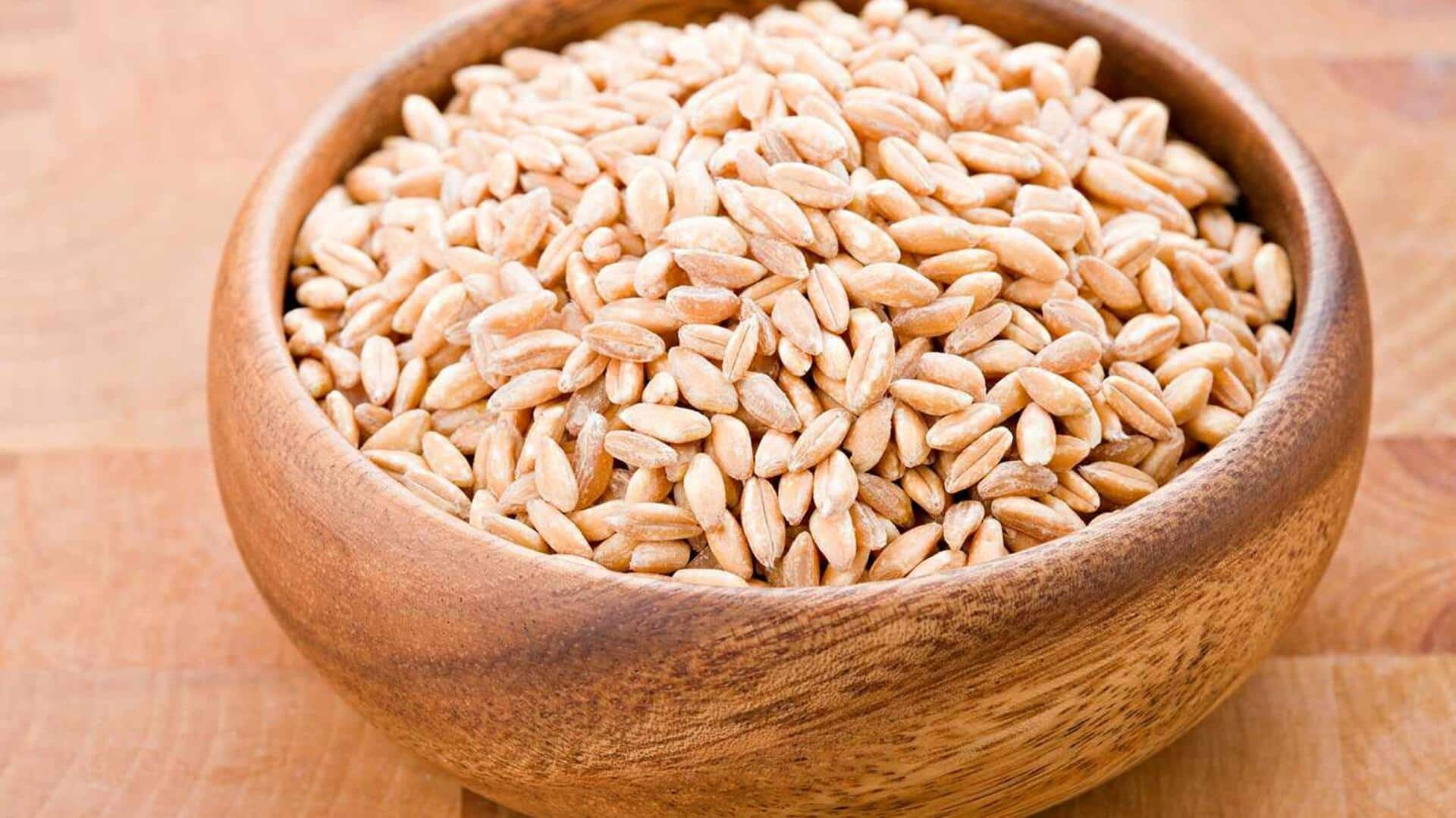
Bulgur v/s farro: Which has more fiber and minerals?
What's the story
Bulgur and farro are two popular whole grains, known for their health benefits, especially fiber and mineral content. Both grains have been an integral part of various cuisines for centuries, providing a plethora of health benefits. Here, we take a look at the fiber and mineral content of bulgur and farro, and compare how these grains stack up nutritionally. Knowing the differences can help you make informed dietary choices, depending on your nutritional requirements.
#1
Fiber content in bulgur
Bulgur is a whole grain that is made from cracked wheat that is partially cooked. It is also famously high in fiber, which helps with digestion and makes you feel full. A single serving of bulgur contains roughly eight grams of fiber per cup when cooked. This makes it an ideal choice for the ones looking to up their fiber intake without eating too much.
#2
Fiber content in farro
Farro, another ancient grain with a nutty flavor, also contains a lot of fiber but a little less than bulgur. A cup of cooked farro offers about six grams of fiber. While it may not be up to bulgur's levels, farro still aids digestive health and can fit into a balanced diet intended to increase overall fiber intake.
#3
Mineral content in bulgur
Bulgur is packed with essential minerals like magnesium, manganese, and iron. Magnesium aids muscle function and bone health; manganese contributes to metabolism; iron is important for oxygen transport in the blood. One serving gives about 10% to 15% of the recommended daily intake for these minerals, making it great for staying healthy.
#4
Mineral content in farro
Farro contains several important minerals like zinc, magnesium, and iron but usually provides higher levels than bulgur per serving size because it is denser as an unprocessed grain form compared to cracked wheat forms like bulgur. Bulgur undergoes processing steps before consumption, thus reducing some nutrient densities naturally present within raw kernels themselves. This happens prior to cooking processes involved during preparation stages required before eating them directly afterward too!